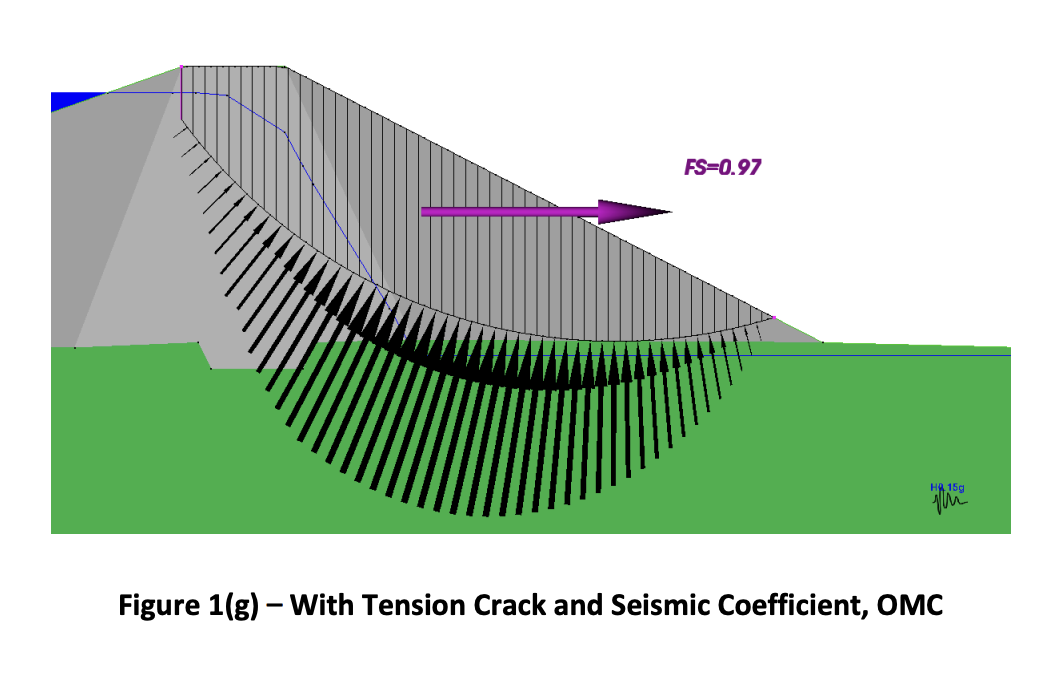The use of 3D LE methods to calculate slope stability during strong earthquake shaking
This paper discusses the application of three-dimensional limit equilibrium analysis for slope stability, with a focus on seismic considerations. While traditional 2D analyses have been extensively used in civil and mining engineering, the emergence of 3D methods offers enhanced capabilities. A case study of the Waiau tank farm following the 2016 Kaikoura earthquake illustrates the practical application of 3D analysis and compares results from 2D and 3D analyses...
Read paper
The case for using three-dimensional limit equilibrium stability analysis
At the Slope Stability in Mining conference in 2021, Dr John Read claimed that there are geological and mathematical uncertainties in 3D limit equilibrium analyses. Our paper explains how TSLOPE provides reliable 3D analysis for slopes in complex geology, discusses background theory, and compares 2D and 3D analyses on the same geological model...
Read paper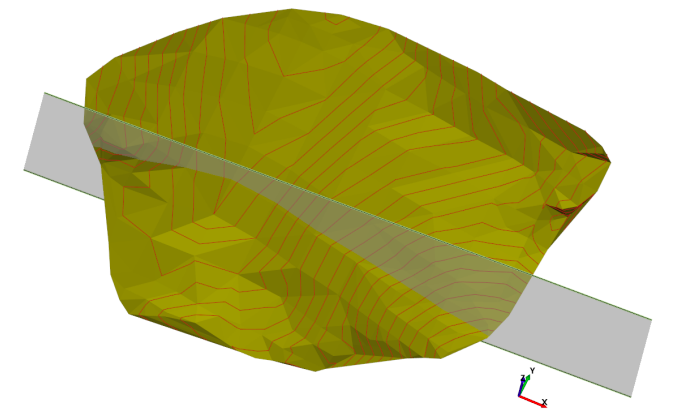
Slope stability analysis and the new New Zealand National Seismic Hazard Model
The new National Seismic Hazard Model indicates shaking levels that challenge site stability assessments in 2D analyses. This paper shows how 3D effects provide additional resisting forces that demonstrate stability in cases where 2D analyses suggest instability...
Read paper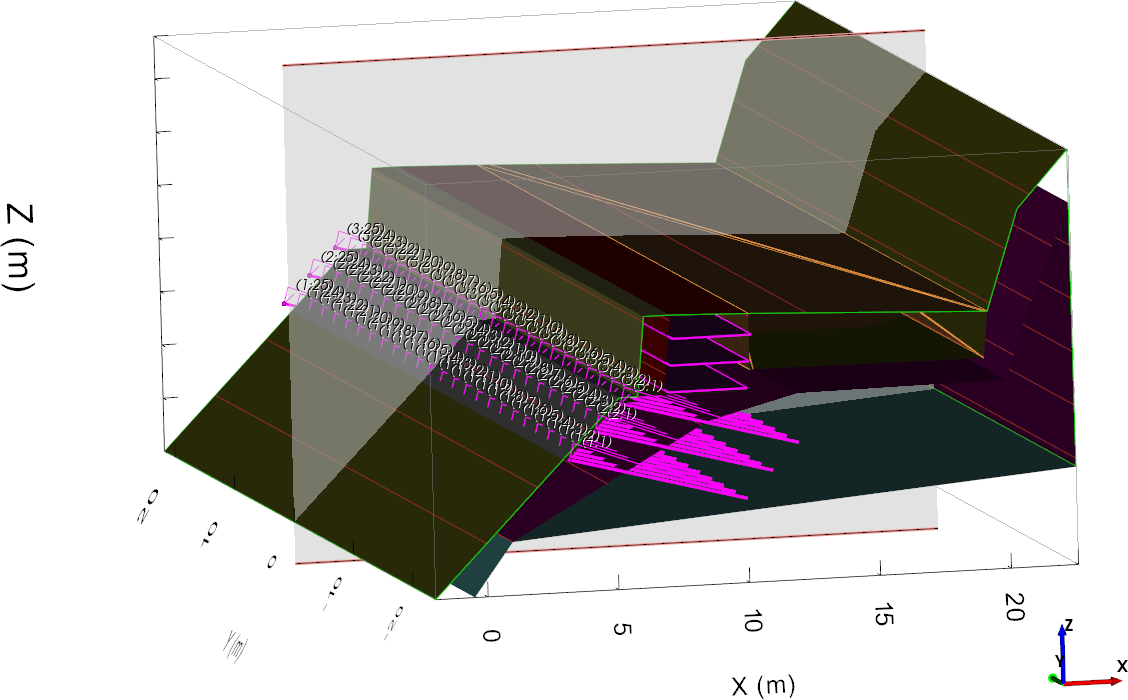
Development of 3D models of slope failure during Canterbury earthquake sequence
Christchurch and its surrounds experienced damaging earthquakes in 2010 and 2011. This paper describes the development of 3D models of documented landslides using Leapfrog3D and TSLOPE, with the goal of calibrating computational methods and providing research models for seismic displacement prediction...
Read paper
TSLOPE – how to analyse a slope for noncritical slip surfaces
TSLOPE is a 2D and 3D analysis program for slope stability. This example illustrates how to locate critical slip surfaces using search methodology, and compares results between 2D and 3D analysis of the same slope. Adapted from Duncan et al. 2014...
Read paper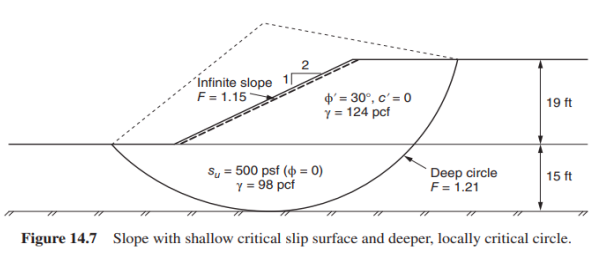
Estimation of in situ strength from back-analysis of pit slope failure
Presented at the First Asia Pacific Slope Stability in Mining Conference in 2016, this paper compares 2D and 3D analyses of pit slope failures. Results show that shear strength parameters vary when back-calculated using 3D analyses, providing better inputs for forward design and more efficient pit slopes...
Read paper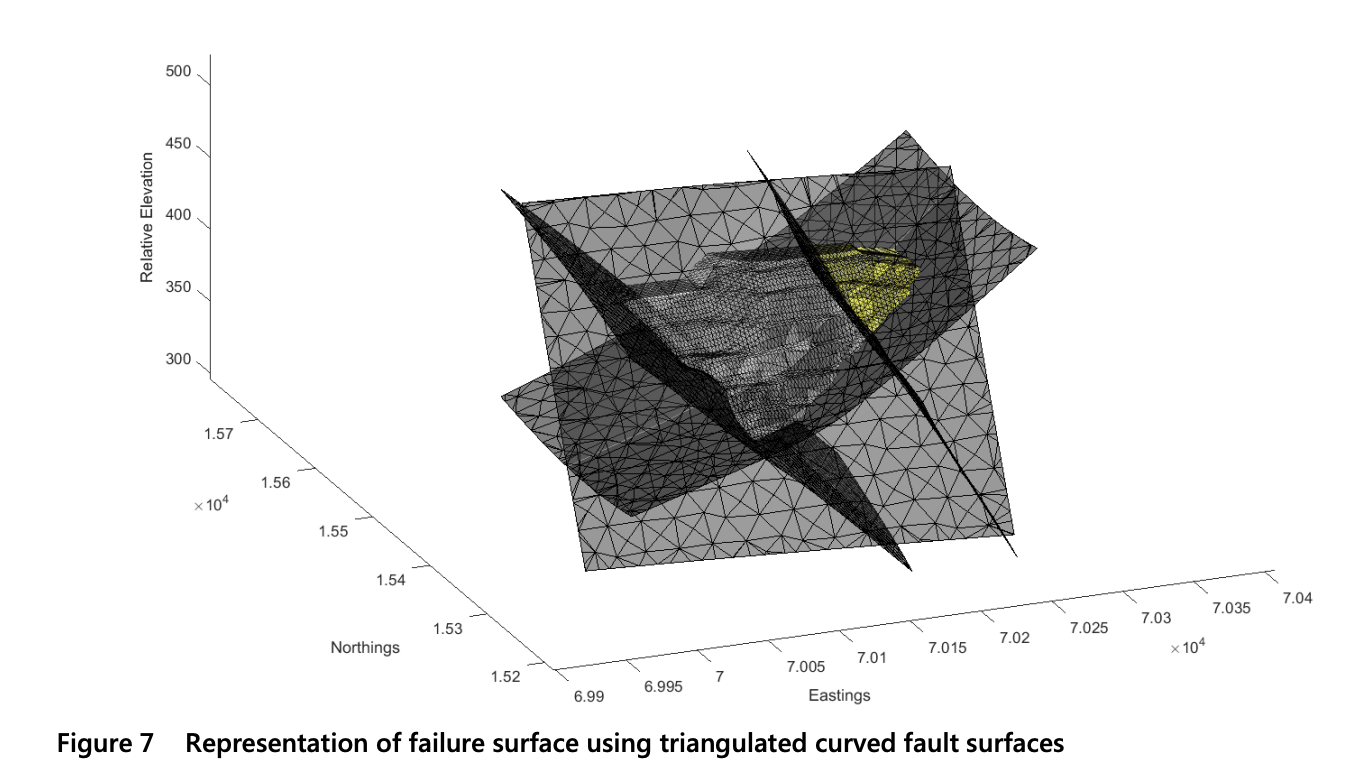
3D terrain and geological modelling for the design of a cut slope in Wellington, NZ
A 3D terrain and geological model was built for a proposed house site in Wadestown, Wellington, using site data, topographical survey, and UAV photogrammetry. Analysis in TSLOPE provided parameters for reinforcement design, demonstrating practical small-scale application of 3D methods...
Read paper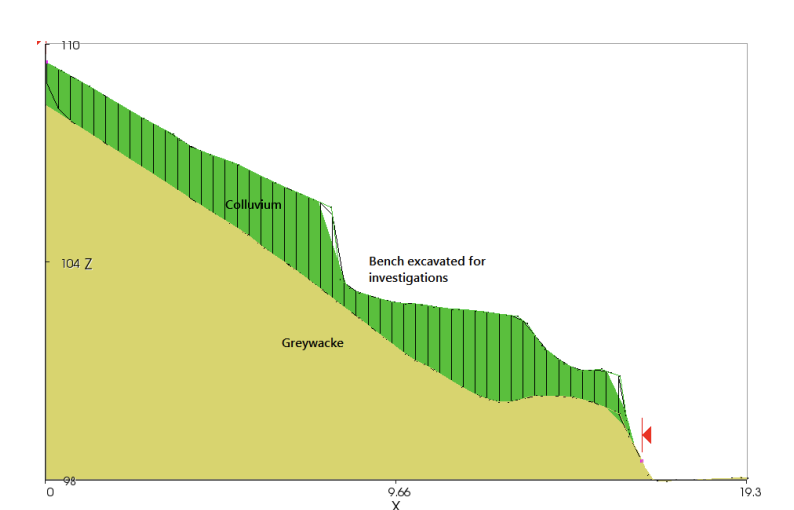
On the Limitations of Limit Equilibrium Slope Stability Analyses
The history of slope stability analyses by the method of slices or columns in geotechnical engineering is well documented in the textbook by Duncan, Wright and Brandon (2014) and elsewhere. The procedures used for slope stability analysis started out as hand or graphical methods, but with the introduction of limit equilibrium methods of analysis most calculations became computerized. Many engineers seem to believe that these computer programs automatically give the correct answer, but, in addition to the “garbage in – garbage out” rule still holding, these analyses are simplified and thus approximate at best. There are also specific features of the common methods of analysis that may limit their usefulness in various ways.
Read paper